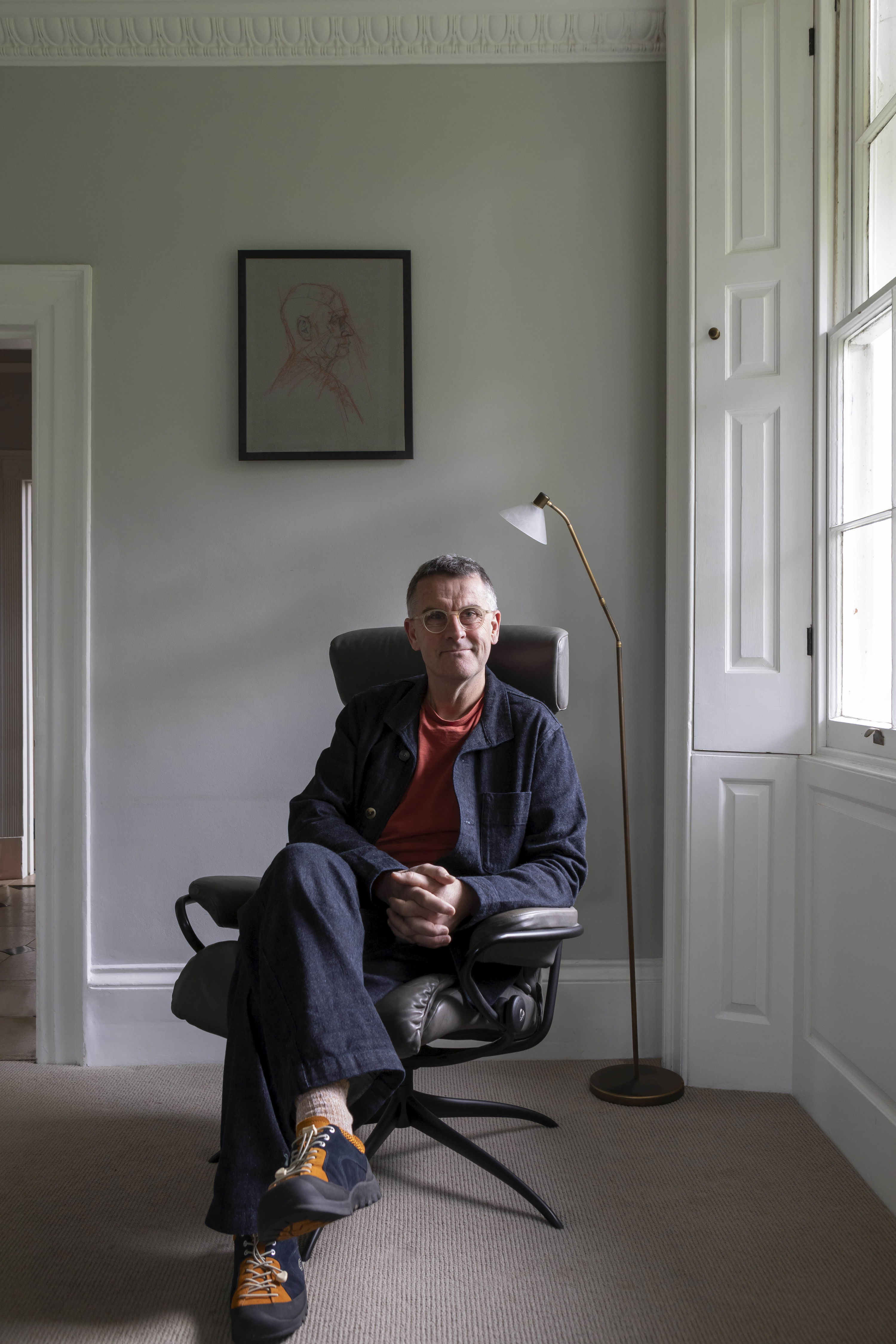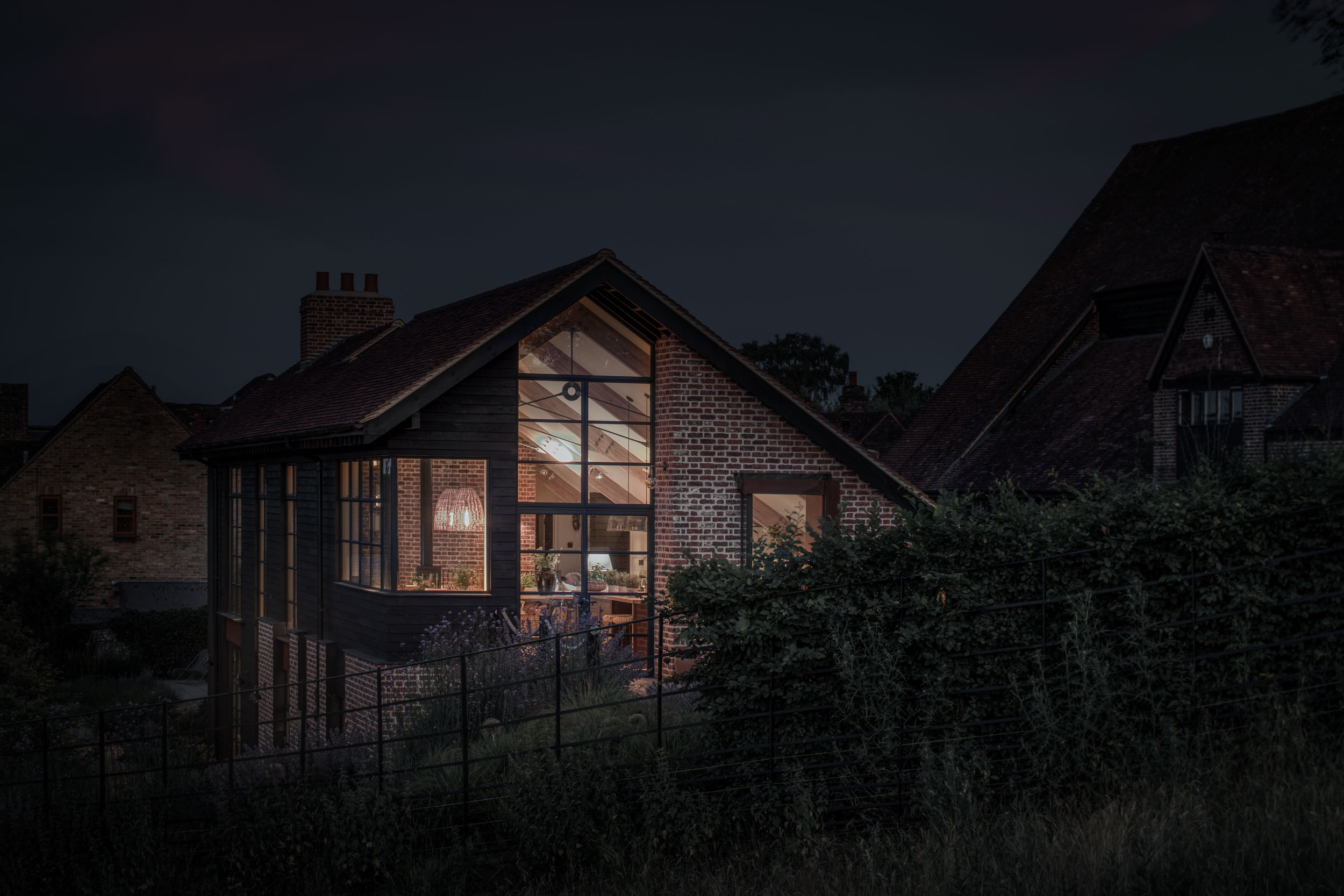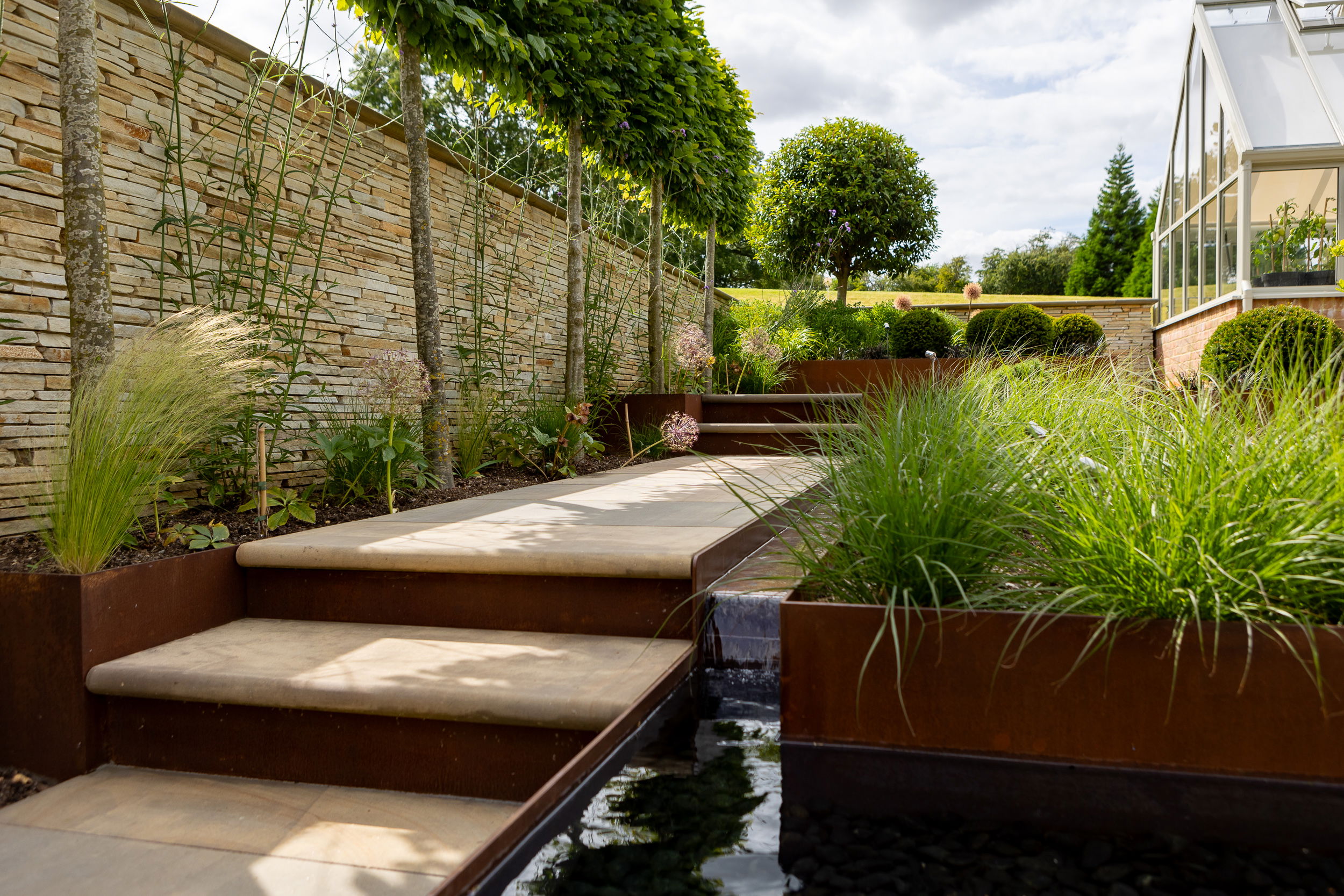
Redefining Luxury Through Sustainability in New Homes: An Interview with HollandGreen Partner, Stephen Green
At HollandGreen, Partners Stephen Green and Ben Holland believe in delivering exceptional design with environmental responsibility. For over 14 years, they have been pioneering a new approach to luxury living—one that focuses on creating homes that endure through thoughtful, sustainable design.
In this exclusive Q&A, Stephen shares insights into their approach to sustainable design for new homes, the challenges and opportunities of crafting eco-conscious luxury residences, and his vision for the future of residential living.

“We believe luxury is about creating a lasting legacy through intelligent design and crafted quality. True luxury, to us, is about ensuring that each project is not only beautifully designed using the best materials but also built to stand the test of time.
Our commitment to ‘creating a lasting legacy’ means that every home we create must reflect both design excellence and environmental consciousness.”
Stephen Green, Partner

In a market saturated with varying interpretations of luxury, how does HollandGreen define and embody this concept, particularly in light of increasing environmental considerations?
We have built our Studio on the principle that luxury, legacy and sustainability go hand in hand, and we strive to deliver high-end design through responsible practices. Taking a holistic approach, we endeavour to ensure that every project—whether architecture, interior design, or landscaping—is beautiful and functional but also minimises its ecological footprint. I want our clients to feel good about their choices, knowing they’re investing in a brand that values both quality and the environment.



What sustainable design innovations has your team recently introduced, and how do you ensure that these align with the top standards your clients expect?
Innovation comes from our ambition to embed sustainable design practices across the Studio – we encourage each team member to think long term; how could they design such that the project has ‘sustainability at its core’, will the contractor be able to source locally, is there a simpler more elegant solution, can they generate a bespoke design that uses standard sizes to minimise waste? By applying circular economy principles to our work, we ensure that materials are chosen with their full lifecycle in mind, allowing them to be reused or repurposed, which helps reduce waste and environmental impact.
We are committed to the RIBA 2030 Sustainable Outcomes, focusing on carbon reduction and energy efficiency, which guide our design strategies. Our ‘Fabric First’ approach prioritises high-performance building envelopes to enhance energy efficiency while reducing operational carbon. This can be seen in many of our recent projects. Additionally, we endeavour to utilise advanced visualisations early in the design journey, allowing clients to fully engage with the design, and its sustainable elements from the outset, and understand how they integrate with the overall aesthetic.
As we begin to see a cultural shift towards local sourcing, we see clients are increasingly valuing authenticity and a connection to place. By trying to use locally sourced materials, where possible, we create spaces that are not only sustainable but also deeply rooted in the communities and landscapes they inhabit.

Which new sustainable technologies or materials are you most excited about, and how is your team leveraging these to stay ahead?
The first step is always a good design that incorporates passive design measures, ensuring it remains comfortable—warm in the winter and cool in the summer. Technology should complement an intelligently designed structure.
In terms of energy efficiency, we’re seeing a growing interest in reducing reliance on the National Grid. After great insulation and ventilation, solutions like battery storage, solar panels, ground, air and water source heat pumps are becoming increasingly popular, especially among clients who aspire to make their homes as self-sustaining as possible.
How does HollandGreen approach the concept of embodied carbon in residential design, and what practices are being implemented to address this challenge?
We are committed to achieving a significant reduction in embodied carbon. This begins with carefully selecting materials that are low in carbon emissions and, if possible, sourced locally, which not only supports sustainability but also helps to minimise transportation impacts.
We consider the entire lifecycle of materials used in our projects, ensuring they can be reused or repurposed at the end of their life. Our design strategies tend to incorporate passive measures to optimise energy efficiency, reducing the need for additional materials and resources. By focusing on adaptive reuse and retrofitting existing structures, we also strive to lower the embodied carbon footprint of our projects.
Our sustainable approach is further strengthened by our partnership with Woodland Heritage, which allows us to offset embodied carbon by supporting reforestation in British woodlands. This aligns with our commitment to the RIBA 2030 Sustainable Outcomes, which sets ambitious goals for carbon reduction, energy efficiency, and social value. By educating our clients on these practices, we ensure that each project not only delivers innovative design of the highest quality but also contributes to a lasting environmental legacy.


How does HollandGreen work to reduce operational carbon, and what role do renewable technologies play in your projects?
Reducing operational carbon is key to our sustainable design ethos. We incorporate passive strategies, like optimal building orientation and high-performance insulation, to minimise energy needs for heating and cooling. We also integrate renewable technologies such as solar panels and air/ground/water source heat pumps to further cut emissions.

With clients now expecting more eco-friendly options, how do you and your team educate them on sustainable choices?
Our clients are increasingly aware of sustainability and actively seek ways to reduce their carbon footprint. They often request features like smart home systems to control energy usage effectively, and they understand the value of sustainable landscaping that is bio-diverse. In several recent projects, we’ve integrated green roofs, native plants, and rainwater harvesting systems—these features not only enhance the property’s natural beauty but also contribute to a more resilient, eco-friendly environment.
Our ‘Fabric First’ approach highlights how building materials and techniques can significantly enhance energy efficiency. By fostering open communication and offering tailored solutions, we empower our clients to make informed, sustainable choices that align with their values.


What trends are you seeing in the new build luxury property market regarding sustainability in and how is HollandGreen preparing to meet these emerging demands?
Local authorities are implementing more stringent planning policies around sustainability, creating a standard expectation in the market, which we wholeheartedly welcome. There’s also a noticeable trend towards using natural materials that tell a story, focusing on creating authentic spaces that resonate with clients’ values and reflect a commitment to sustainability.
However, not all practices can deliver such a considered, sustainable new build. At HollandGreen, we possess a unique skill-set across various disciplines, supported by our dedicated Planning Managers, enabling us to navigate the growing regulatory framework effectively.
We also recognise the importance of biodiversity net gain (BNG) in our projects. Our team is skilled in designing and managing BNG initiatives, ensuring that our projects enhance local ecosystems while meeting regulatory requirements.


What are some of the unique challenges your team faces when implementing sustainable practices within high-end projects, and how do you address them?
At HollandGreen, we prioritise creating a lasting legacy through sustainable design. This means enjoying the present while safeguarding the future. Although sustainable practices sometimes involve slightly higher initial costs, we educate clients on their long-term value, highlighting both environmental benefits and future cost savings. We build homes that endure, encouraging clients to see their investments as contributions to a sustainable legacy. This philosophy is at the core of our brand, reflecting our commitment to crafting spaces that are beautiful, functional, and environmentally responsible.

What advice would you offer to the next generation of students aiming to integrate sustainability within their residential design projects?
Stay true to fabric first design principles and your sustainable values. My advice is to start with sustainability as a core principle, not an afterthought. Clients today are very knowledgeable and appreciate authenticity. If you build sustainable practices into your process from the start, you’ll naturally attract clients who share those values.
Looking to the future, how do you envision sustainability evolving within the residential property market?
We anticipate a significant shift towards carbon-neutral new-build luxury properties. Zero-energy homes—those that generate as much energy as they consume—are becoming increasingly viable and desirable as technology advances. For instance, in a recent project, we designed a home with integrated solar panels and advanced battery storage and a water sourced heat pump, enabling it to operate independently from the national grid. This self-sustaining approach not only reduces the home’s carbon footprint but also contributes excess energy back into the grid, helping to meet local energy demands.
At HollandGreen, we’re also extending these principles and our knowledge to heritage properties. We recently worked on a Grade II listed building where we implemented adaptive reuse techniques by installing eco-friendly insulation, ground source heat pumps, and energy-efficient glazing. This allowed us to retain the building’s historical charm while significantly improving its sustainability. By focusing on adaptive reuse, we preserve these properties’ unique characteristics while ensuring they exceed sustainability standards of tomorrow.
Overall, our approach is to combine sustainable innovations with timeless design, making properties that are both environmentally responsible and enduring. Over the next decade, we expect that this blend of zero-energy technology and adaptive reuse will become essential in residential design.
How can addressing embodied carbon contribute to the future of sustainable housing?
Addressing embodied carbon is essential in our approach to big-picture sustainability. I imagine a future where newly built homes are so energy efficient that they generate more energy than they consume, with the surplus being fed back into the national grid. This shift could turn new housing into part of the nation’s power generation strategy, transforming a challenge into an opportunity.
If every new home acted as a mini power station, the impact on climate change and the UK’s energy demand could be monumental. This win-win objective aligns with our commitment to sustainable design and long-term environmental stewardship.

